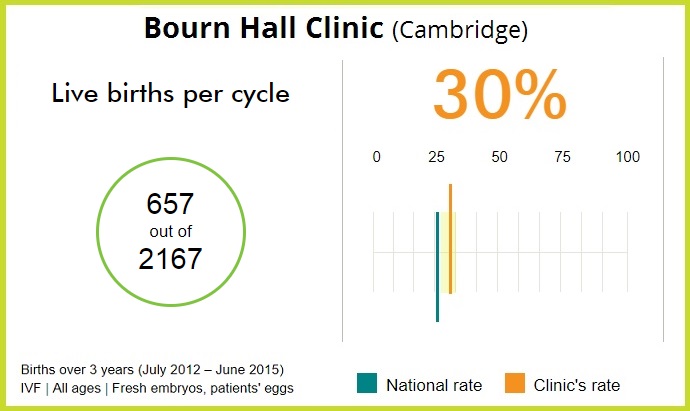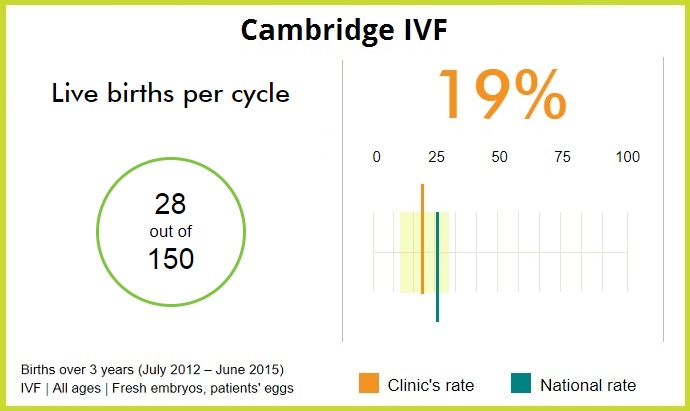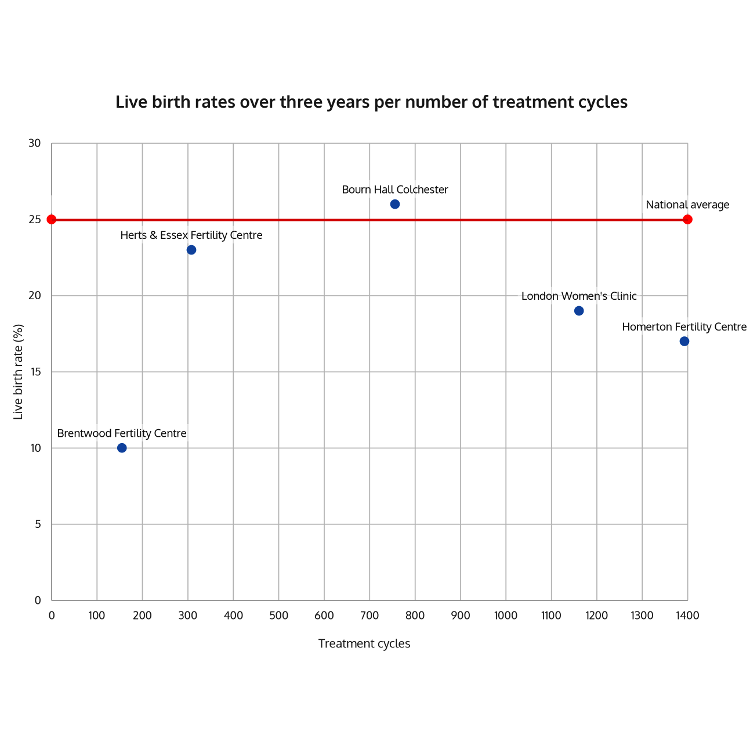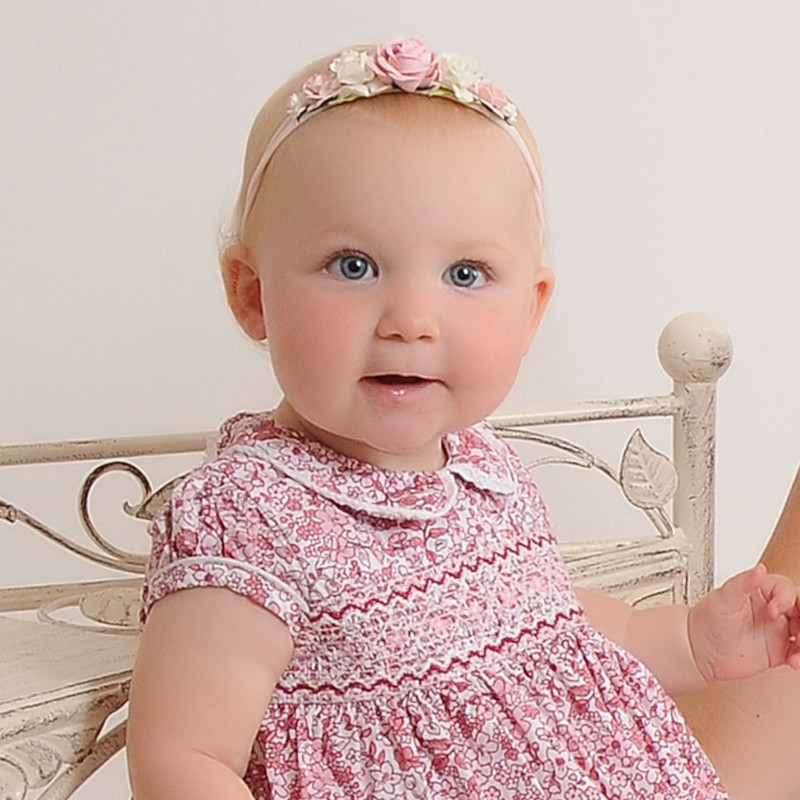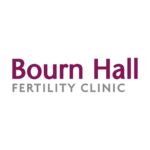The HFEA has improved its website to make it easier for potential patients to compare Cambridge IVF clinics and those in other parts of the country.
Clinics present their success rates in different ways and this can be misleading, as the chance of success depends on the age of the patients, type of infertility and their medical history. Also the statistics can be confusing if the clinic has only treated a few patients.
The HFEA has changed the way it presents data so that patients have more context in which to make choices. It is also objective as it insists that clinics present their data in a consistent format.
Higher confidence with more cycles
To give a taste of how the data is presented we have chosen two Cambridge IVF clinics and have selected ‘Live births per cycle’ as an example – as, after all, having a baby is what you want to achieve. (Pregnancy rates refer to a pregnancy that has been confirmed with a scan, but sadly it is still possible to miscarry after this).
In the diagram below you can see from the circle that 657 women had a baby following treatment at Bourn Hall – this refers to women of all ages treated within a three year period. There were 2,167 cycles of treatment but patients may have more than one cycle so this isn’t the number of women treated. The success rate is 30 percent for all patients, of all ages.
However, you will want to know if this is a good result. So the HFEA gives a graphic that compares the clinic result (in orange) to the national average (in green). If the success rates for the clinic are above the national average then the clinic line is to the right of the national average.
The yellow shading shows how confident the HFEA is that the results are reproducible. If you compare Bourn Hall to Cambridge IVF you see that Bourn Hall (above – click image to view full HFEA statistics) has many more cycles and so the results are unlikely to vary much (if there are, for example, two more births a year). The narrow strip shows greater confidence.
Cambridge IVF (above – click image to view full HFEA statistics) on the other hand only has 9 births a year, so if next year it has 11 or it drops to 7, that would have a big impact on its success rate. So the shaded block is wider for this clinic.
Other factors to look for include success with frozen embryo transfer and multiple birth rates. The birth rate per cycle will be higher if two embryos are routinely transferred but twin pregnancies have more complications so government policy is to restrict the number of embryos transferred. Clinics that provide NHS funded treatment tend to have a lower multiple birth rate; it is 14% for Bourn Hall, which is the national average. Other clinics are less reserved and may transfer two or more embryos, such as the Assisted Reproduction and Gynaecology Centre.
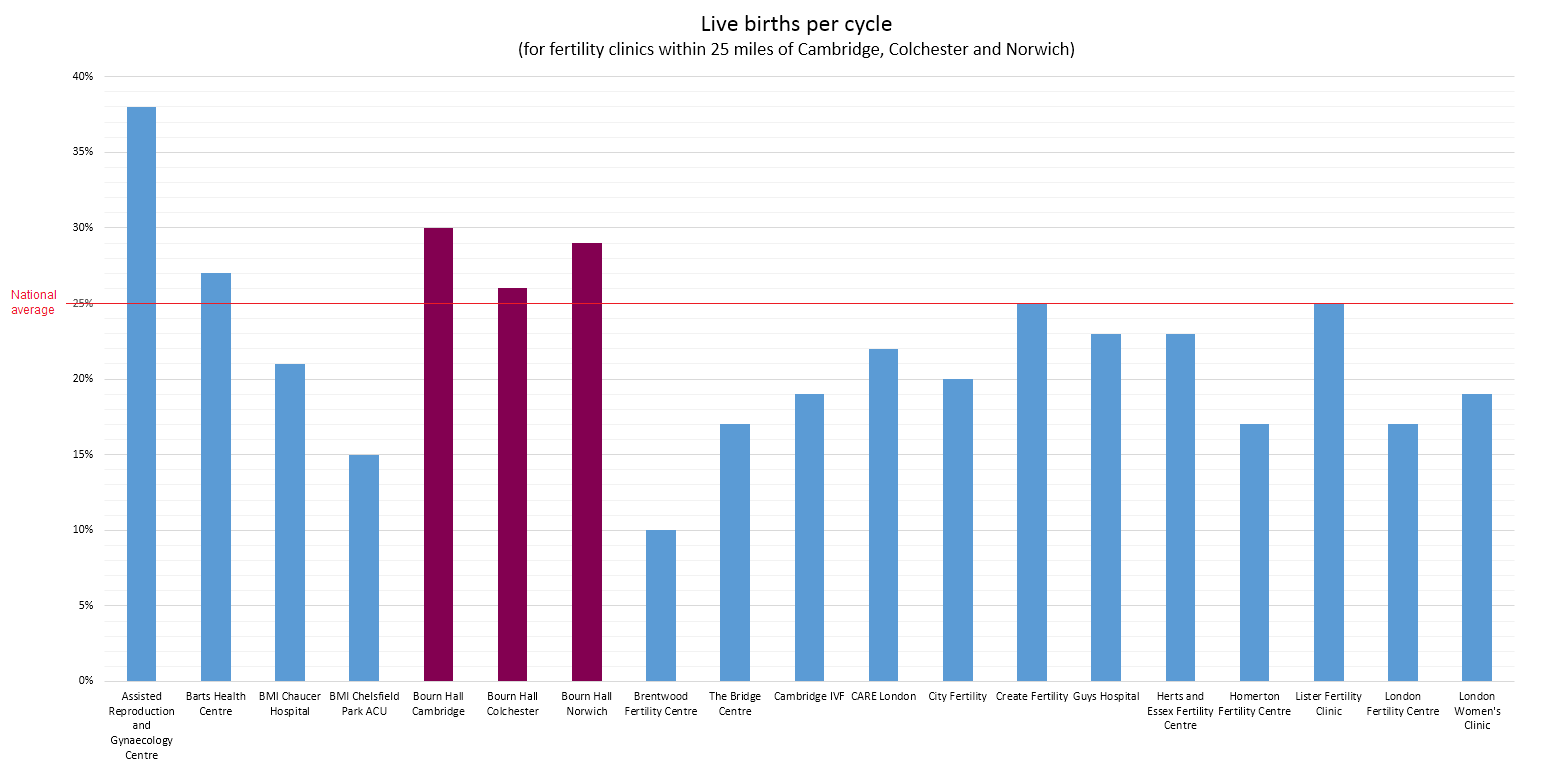
Patient satisfaction for IVF clinics
The HFEA website is still quite new and it will take time for people to start leaving reviews, but we have been delighted to receive good reviews on Facebook and now see them beginning to appear on the HFEA website too. If you would like to, you can leave a review for our Cambridge, Colchester and Norwich clinics.
Notes:
Statistics from HFEA.gov.uk.
To view full statistics for a clinic, select ‘choose a clinic’ , put in your location (eg. Cambridge) or start typing the name of the clinic if you know it, then click the clinic. On the clinic page, scroll down to the bottom of a section in ‘What are the clinic’s statistics?’, click ‘view detailed statistics’ and choose your parameters (time period, treatment, age, own or donated gametes).
The graphics above show results for births for the period July 2012 – June 2015, resulting from IVF treatment of patients of all ages using fresh embryos from patients’ eggs (except for Bourn Hall Norwich, which is for the period July 2014 – June 2015 as the clinic only opened in 2013).


